Deep in the forests of Australia, New Guinea, and Indonesia, sugar gliders have evolved as highly social animals that form tight-knit colonies. When brought into homes as exotic pets, these marsupials transfer their natural bonding instincts to their human caretakers, often forming emotional connections that surprise even experienced pet owners. These pocket-sized creatures, with their large soulful eyes and gliding membranes, don’t just tolerate human interaction—they genuinely thrive on it. The bond between a sugar glider and its owner often becomes so profound that it transcends typical pet-human relationships, creating a mutual attachment that feels almost familial in nature.
The Colonial Nature of Sugar Gliders

Sugar gliders are inherently social creatures that live in family groups of up to seven individuals in the wild. This colonial lifestyle has shaped their psychology to be deeply dependent on social bonds for their emotional well-being. In their natural habitat, they share nesting sites, groom each other, and cooperate in foraging activities. When kept as pets, sugar gliders transfer this colonial behavior to their human families, viewing owners as members of their colony or “family group.” Without this social structure, sugar gliders can experience depression, self-mutilation, and even failure to thrive, demonstrating just how crucial social bonds are to their existence. Their evolutionary history as colony animals has essentially hardwired them to form close attachments, making them predisposed to bonding with attentive owners.
The Pouch Bond: Imprinting and Early Development
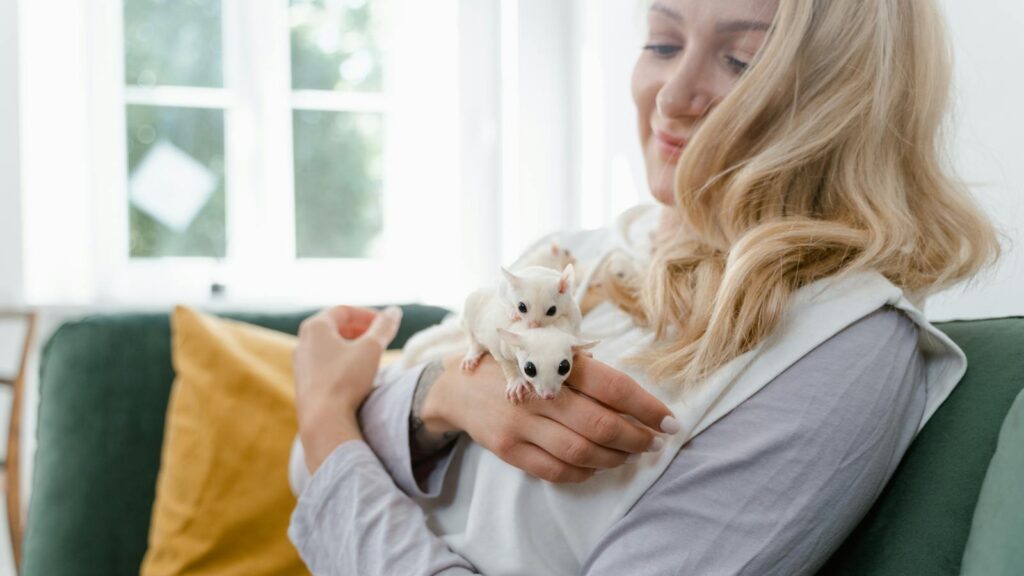
Sugar gliders are marsupials, meaning their young develop in a pouch, creating an intense biological bond between mother and offspring. When humans hand-raise joeys (baby sugar gliders), they often mimic this pouch environment using specially designed pouches worn against the body. This practice facilitates a process similar to imprinting, where the young glider begins to recognize the human’s scent, heartbeat, and voice as sources of safety and nurturing. The human essentially becomes a surrogate mother figure in the joey’s development. This early bonding period lays a foundation for trust that can last throughout the sugar glider’s 12-15 year lifespan. The impressionable nature of young joeys makes this early bonding period critical for establishing the intense human-glider relationships that owners cherish.
Scent as the Foundation of Recognition

Sugar gliders have a highly developed sense of smell that plays a crucial role in how they identify colony members and form attachments. In the wild, they use scent marking to establish territory and recognize family members. When kept as pets, they incorporate their owner’s scent into their “colony scent profile.” Many experienced sugar glider owners practice scent bonding techniques, such as sleeping with a small cloth and then placing it in the glider’s cage, allowing the animal to become familiar with their personal odor. Some gliders will even urinate on their owners in small amounts (called “marking”) as a way of claiming them as part of their family group. This scent-based recognition system explains why sugar gliders often become distressed when their owners wear strong perfumes or change their regular hygiene products.
The Importance of Physical Contact
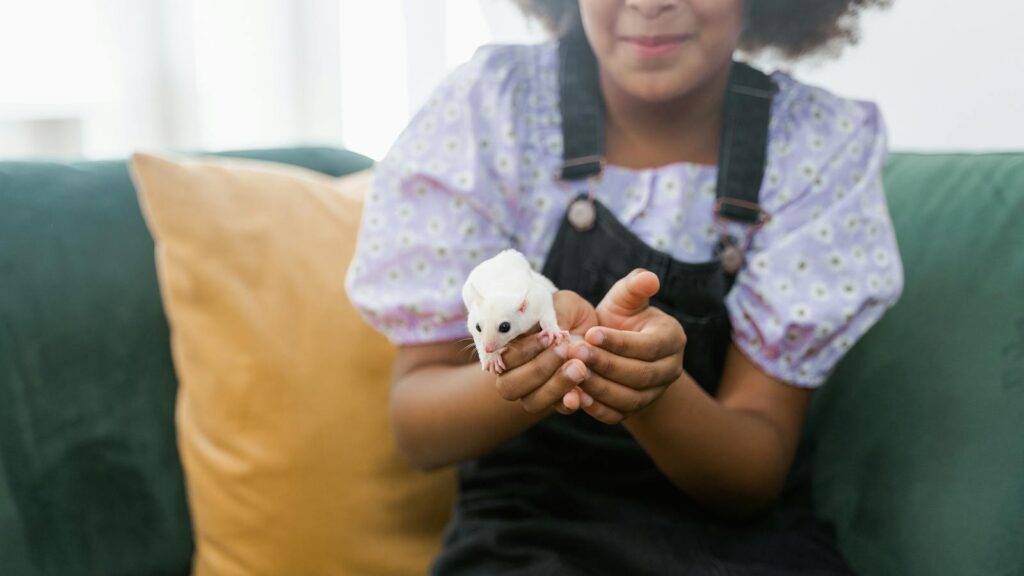
Sugar gliders crave physical contact in a way that few other pocket pets do, often seeking to be in constant bodily contact with their colony mates. This trait transfers directly to their relationship with human caregivers, with many gliders preferring to sleep in their owner’s pocket, hood, or even clothing for hours each day. The physical sensation of warmth and closeness triggers the release of oxytocin—often called the “bonding hormone”—in both the glider and the human. Regular handling sessions are not just enjoyable but physiologically necessary for a pet sugar glider’s mental health. Owners who cannot provide this tactile stimulation often find their gliders become withdrawn, anxious, or even physically ill, underscoring how fundamental touch is to these animals’ well-being.
Communication and Mutual Understanding

Sugar gliders develop sophisticated communication with their owners that goes far beyond what most people expect from small exotic pets. They vocalize with barks, chirps, and distinctive crabbing sounds that owners learn to interpret with surprising accuracy. Over time, many gliders become responsive to their names and simple commands, showing a level of interspecies communication more commonly associated with dogs or cats. This mutual understanding deepens the bond between glider and owner, creating a sense of connection that feels remarkably reciprocal. Many owners report that their gliders seem to recognize their emotional states, offering more affectionate behavior when they sense that their human is sad or stressed, demonstrating an emotional intelligence that strengthens their bond.
The Feeding Bond: Trust Through Nourishment
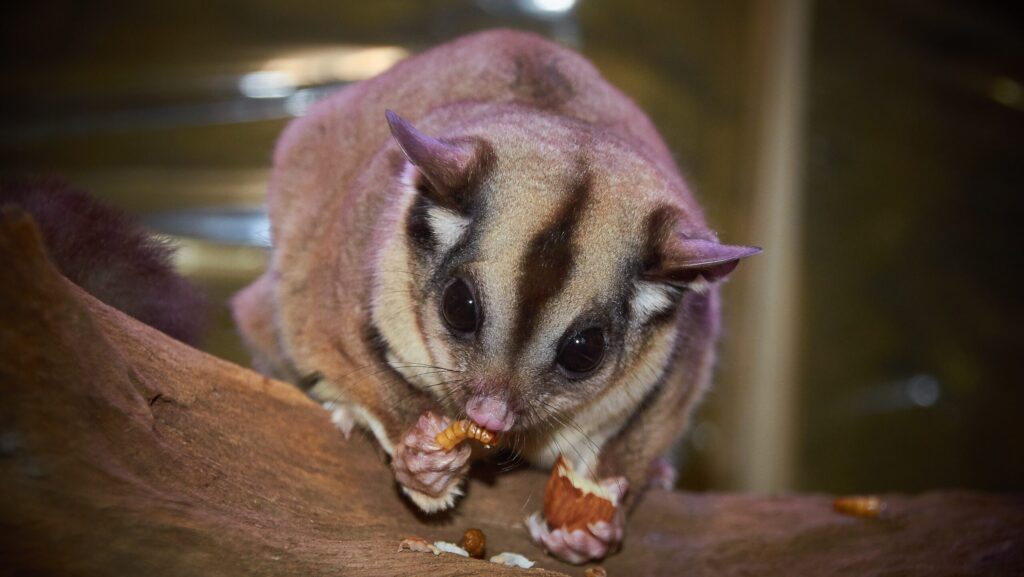
Food plays a central role in establishing trust between sugar gliders and their owners. In the wild, sugar gliders share food sources with colony members, making the act of feeding a naturally social activity. When humans hand-feed treats like mealworms, fruits, or honey, they’re engaging in a behavior that sugar gliders instinctively associate with colony membership and care. Many owners strengthen bonds through specific treat-feeding rituals, such as offering yogurt drops from their fingers or allowing the glider to lick honey from their hand. These feeding interactions create positive associations and reinforce the owner’s role as provider and protector. The intimate nature of hand-feeding helps explain why many gliders become especially attached to the family member who most frequently feeds them.
The Role of Time Investment in Bonding
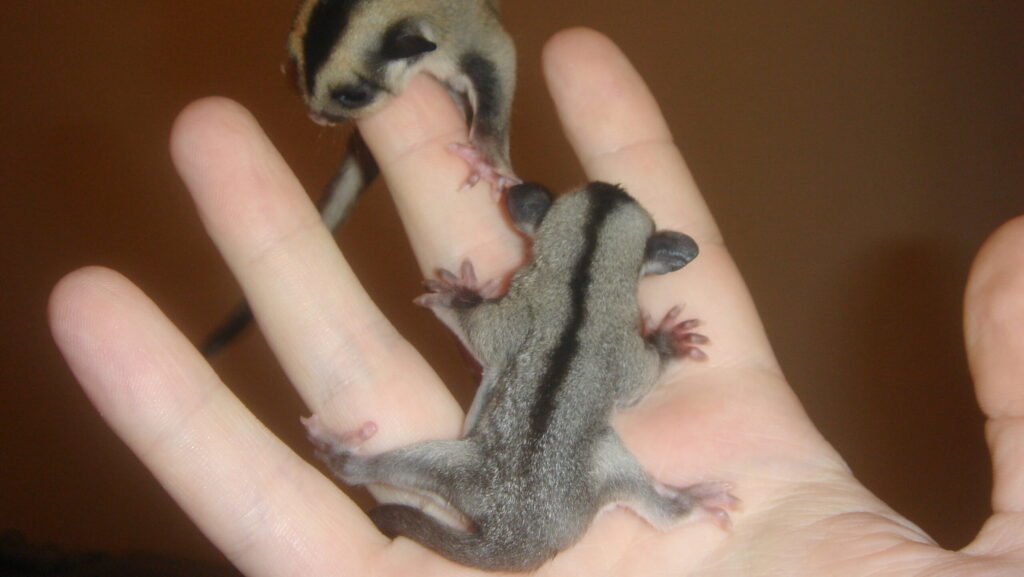
Unlike some pets that form quick attachments, sugar gliders require significant time investment before deep bonds form, often taking weeks or months of consistent interaction. This gradual bonding process creates an unusually strong connection once established, as it’s built on countless small positive interactions rather than instant chemistry. Dedicated owners often spend hours each day with their glider in a bonding pouch during the initial socialization period. The time-intensive nature of sugar glider bonding means that the relationship is earned rather than given, making it particularly meaningful for both parties. Many owners report that this investment of time creates a uniquely rewarding relationship that feels more substantial than connections with pets that bond more easily.
Nocturnal Synchrony: Adapting to Their Schedule
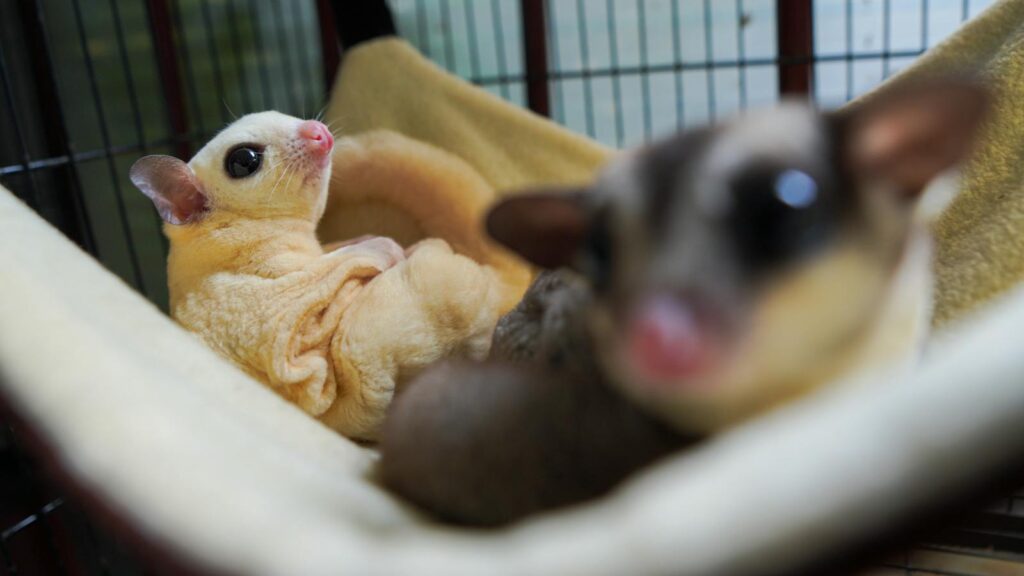
Sugar gliders are naturally nocturnal, being most active during evening hours when they would normally forage in the wild. Owners who make the effort to sync with this biological schedule often develop deeper bonds with their gliders. Many dedicated sugar glider enthusiasts adjust their own routines to spend quality time with their pets during the evening hours when the animals are naturally more alert and social. This adaptation to the glider’s natural rhythm demonstrates a level of commitment that the animals seem to recognize and reciprocate with stronger attachment behaviors. The shared evening activities—whether watching television with a glider in a bonding pouch or allowing supervised playtime—create special routines that strengthen the human-animal connection in ways that daytime interaction cannot match.
The Vulnerability Factor: Size and Trust
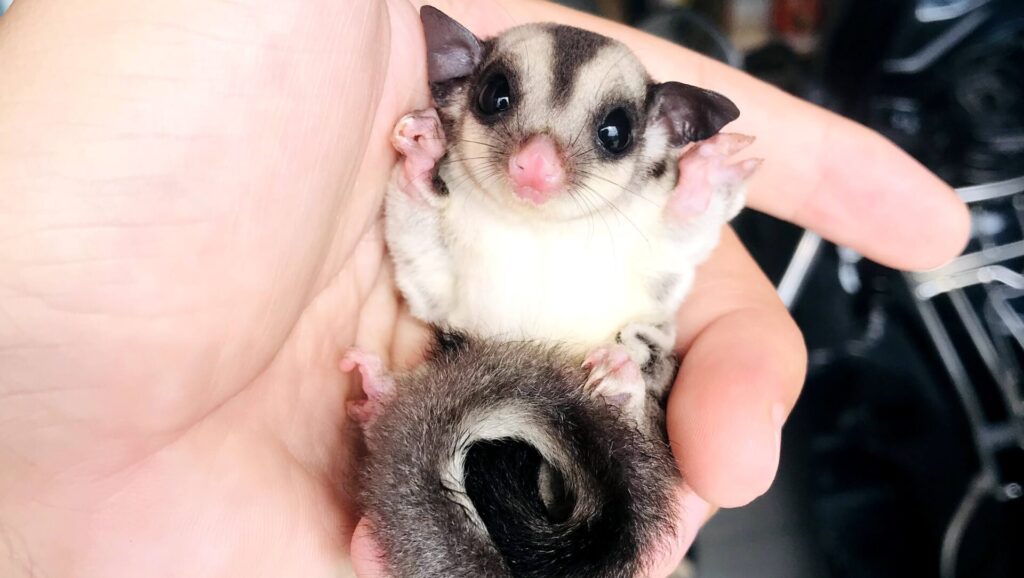
Sugar gliders are tiny creatures, typically weighing only 4-5 ounces as adults, making them inherently vulnerable in human environments. This size disparity means that when a sugar glider chooses to trust a human, it’s making a profound statement of faith in that person’s gentleness and protection. When a glider falls asleep on its owner or willingly climbs into their hand, it’s displaying a level of trust that’s remarkable given the natural prey instincts these animals possess. This vulnerability creates a protective response in most owners, who become deeply invested in their glider’s wellbeing. The combination of the glider’s trust and the human’s protective instinct creates a powerful dynamic that strengthens their mutual bond in ways unique to small exotic pets.
The Exclusive Bond: Recognition of Primary Caretakers
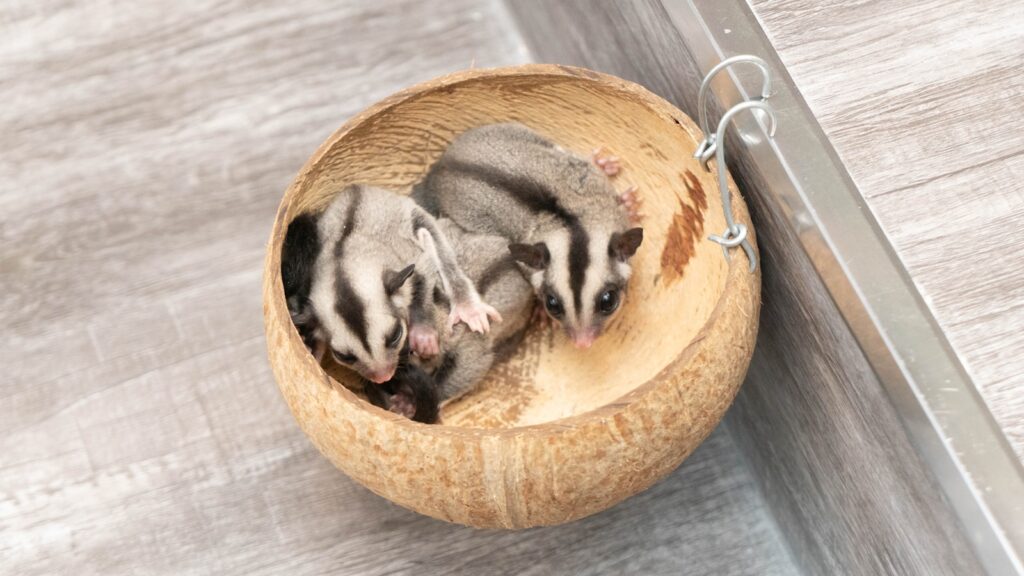
Sugar gliders often form stronger attachments to their primary caretakers than to other household members, showing clear preferences for specific people. This selective bonding behavior demonstrates their ability to distinguish individuals and form unique relationships with different humans. Many owners report that their gliders will eagerly jump to them while showing hesitation or even disinterest toward other family members. This exclusivity makes the primary caretaker feel specially chosen, deepening their emotional investment in the relationship. The glider’s obvious preference can sometimes create a sense of competition among family members, with everyone wanting to be the “favorite human” in the glider’s social hierarchy.
Emotional Attunement and Mood Reflection
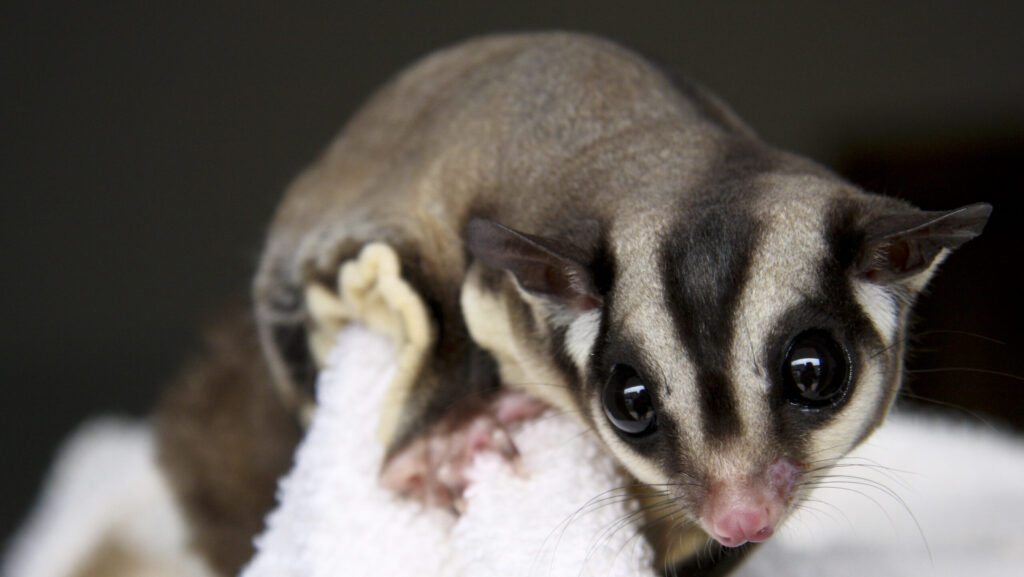
Long-term sugar glider owners frequently report an uncanny ability for their pets to reflect or respond to their emotional states. During periods of the owner’s stress or sadness, many gliders display increased affectionate behaviors, such as grooming their human’s hair or face, or pressing close to them in apparent comfort-giving. This emotional attunement creates a sense that the relationship is genuinely bidirectional, with both parties providing emotional support to each other. Some behavioral scientists suggest this may be an extension of the gliders’ colony behavior, where group cohesion and mutual support enhance survival chances. Whatever the evolutionary explanation, this emotional responsiveness creates profound moments of connection that cement the unique bond between sugar gliders and their dedicated owners.
The Lifelong Journey: Aging Together
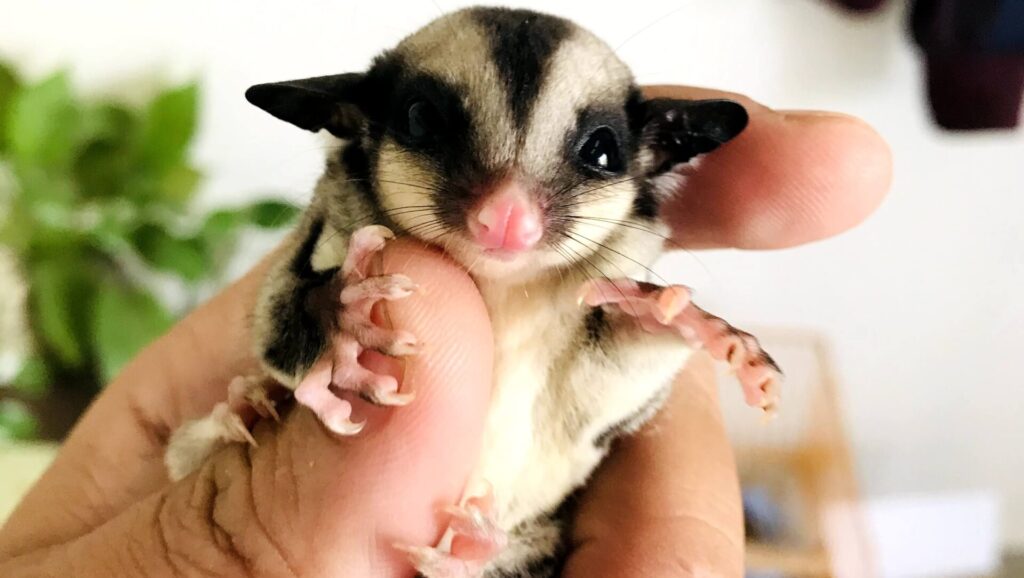
With proper care, sugar gliders can live 12-15 years in captivity, making them long-term companions that witness significant portions of their owners’ lives. This extended lifespan allows the human-glider bond to deepen through various life stages and circumstances. Many owners report that their relationship with their glider evolves over the years, with the animals often becoming more affectionate and dependent as they age. The shared history and accumulated experiences create a rich tapestry of memories and routines that strengthen the emotional connection. For many owners, their sugar glider becomes not just a pet but a living timeline of their own life experiences, having been present through relationships, moves, career changes, and other significant life events.
The extraordinary bond between sugar gliders and their owners represents a remarkable example of cross-species connection. Through a combination of evolutionary social needs, scent-based recognition, physical dependency, and mutual emotional attunement, these small marsupials form attachments that often surpass what owners experience with more conventional pets. The time investment required and the glider’s natural vulnerability create relationships characterized by deep trust and profound affection. For those willing to adapt to these unique animals’ needs and natural rhythms, the reward is a bond that feels less like pet ownership and more like a genuine family connection—one that enriches both human and glider lives in meaningful and lasting ways.


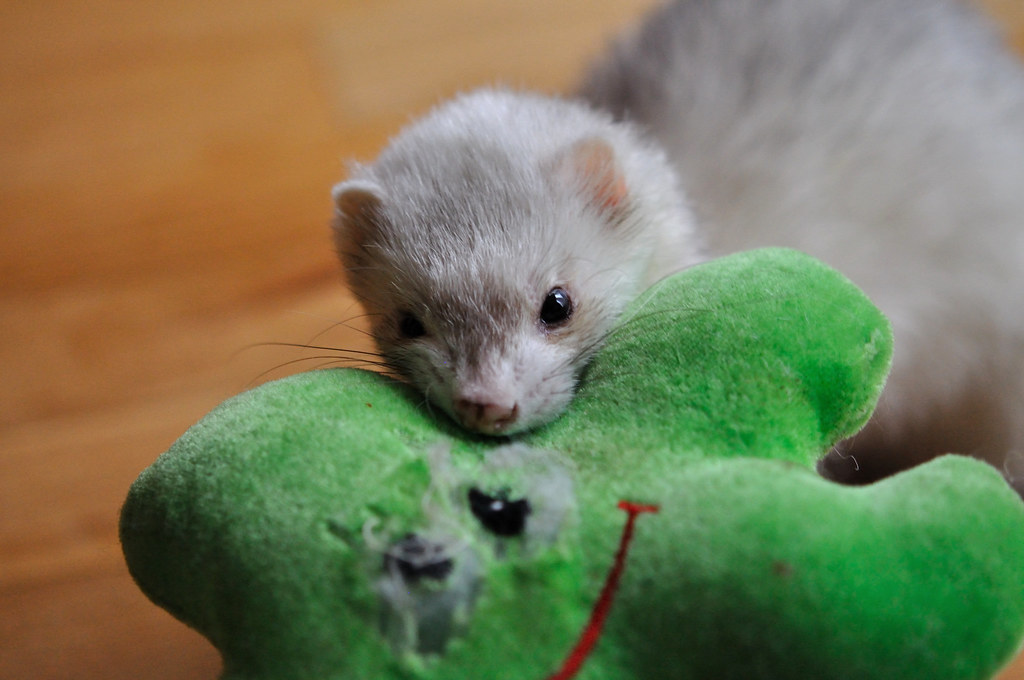
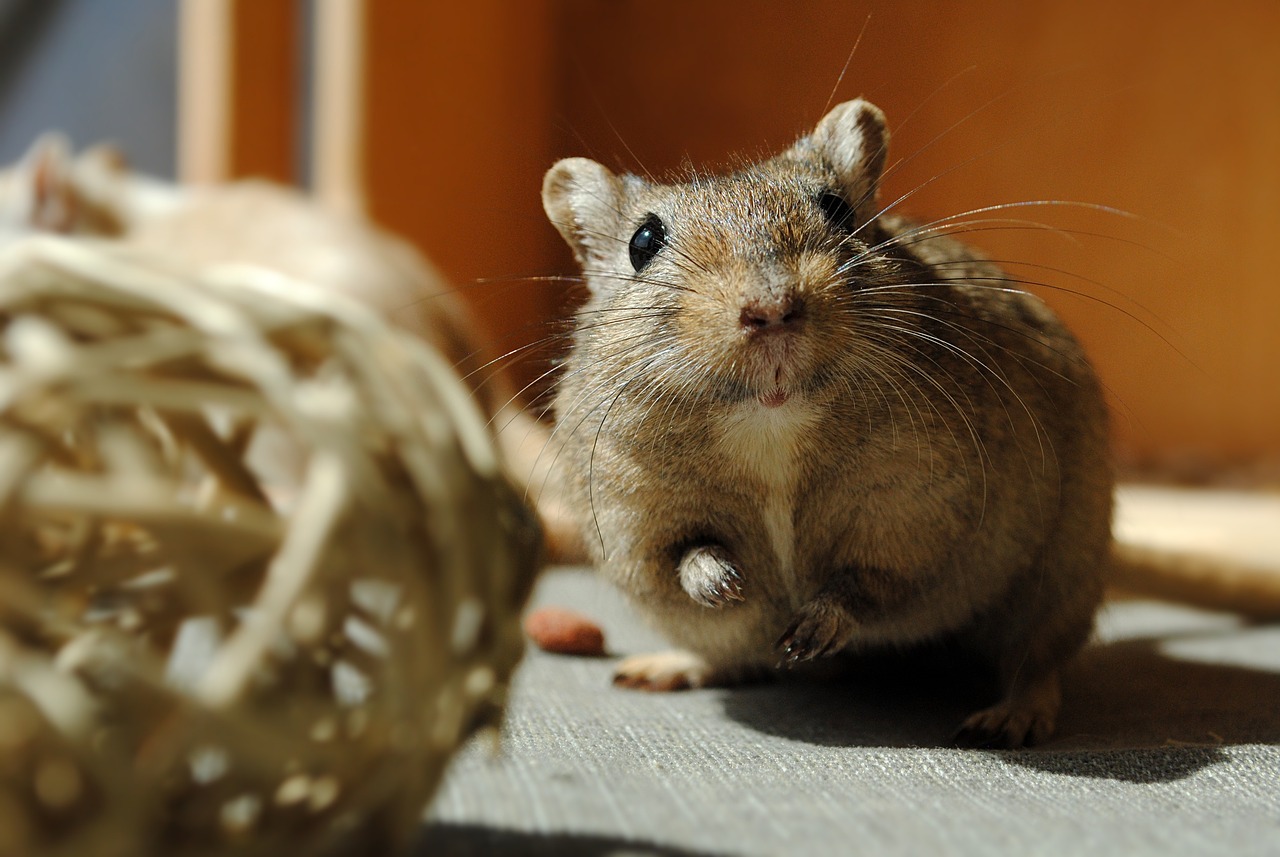

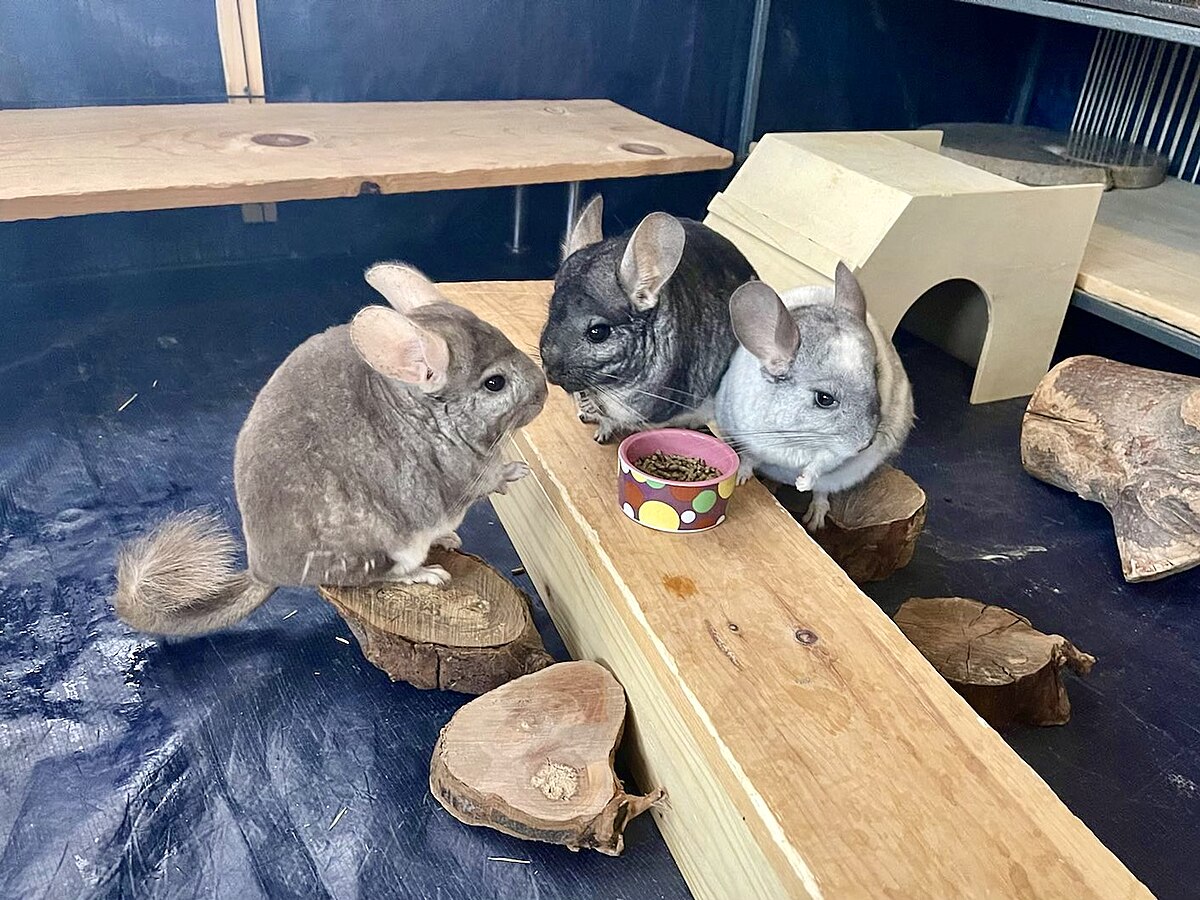
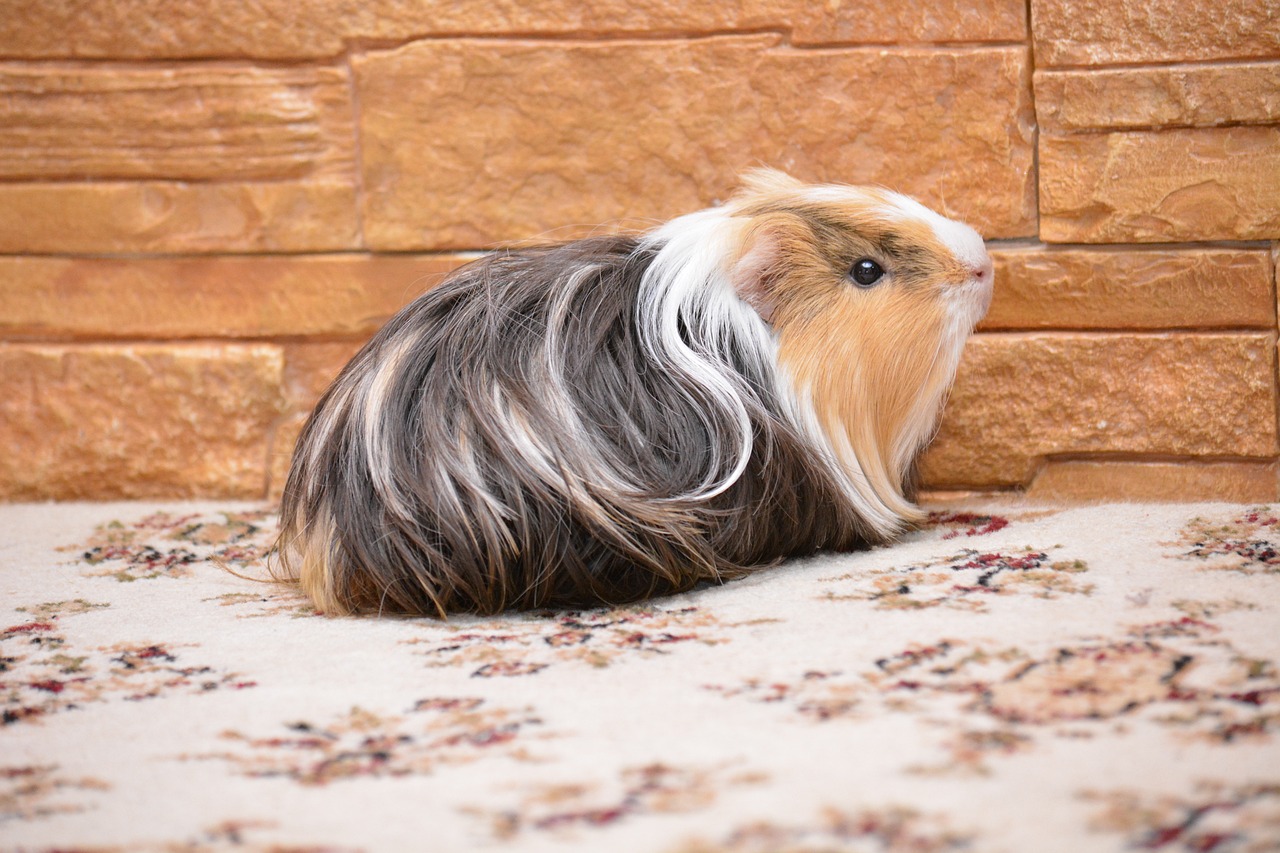
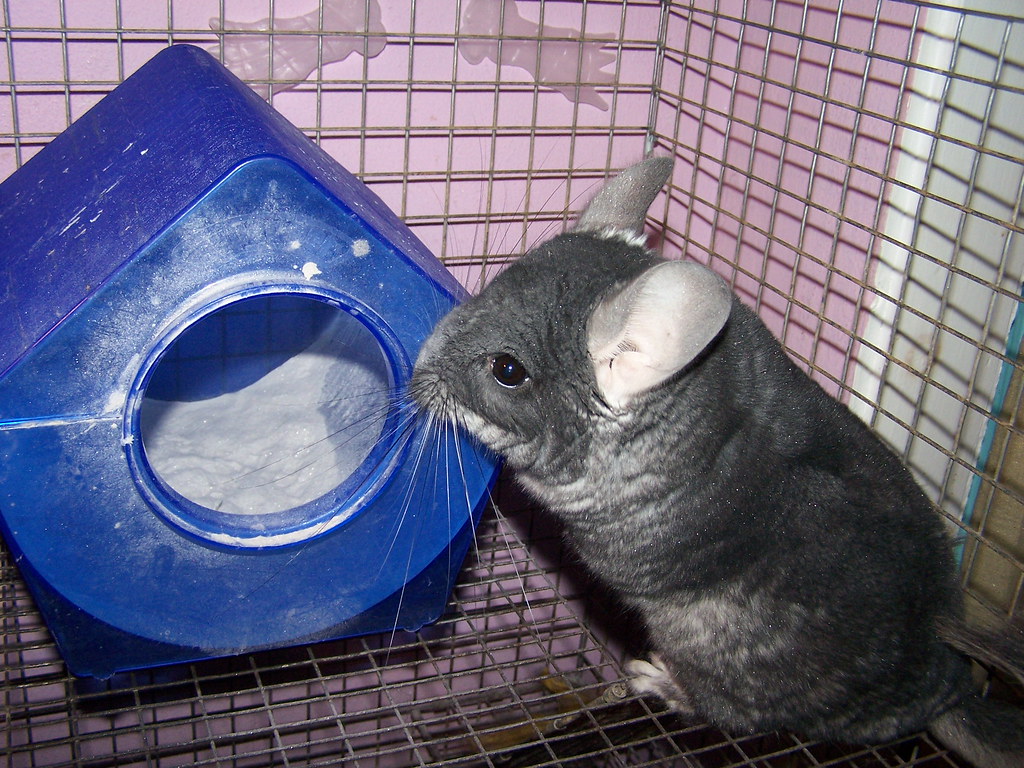

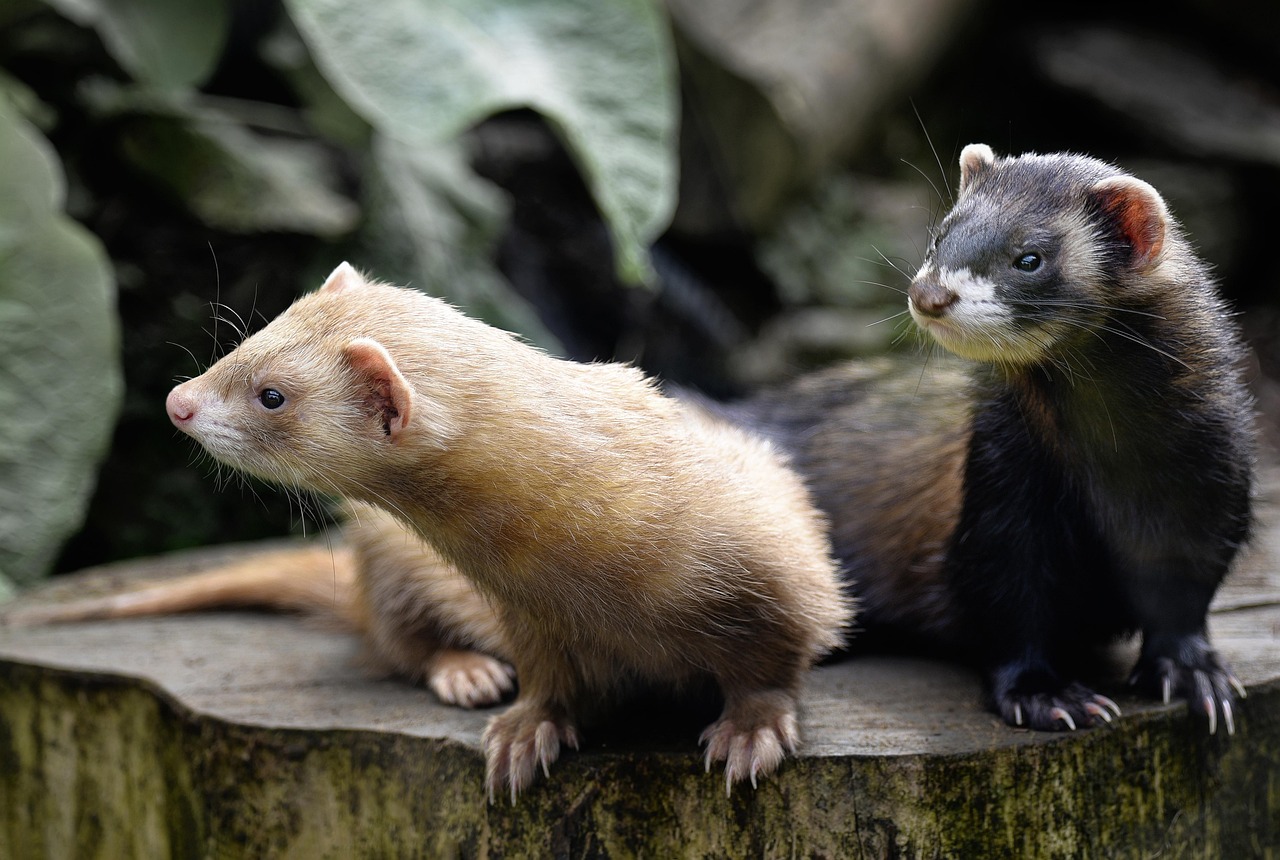
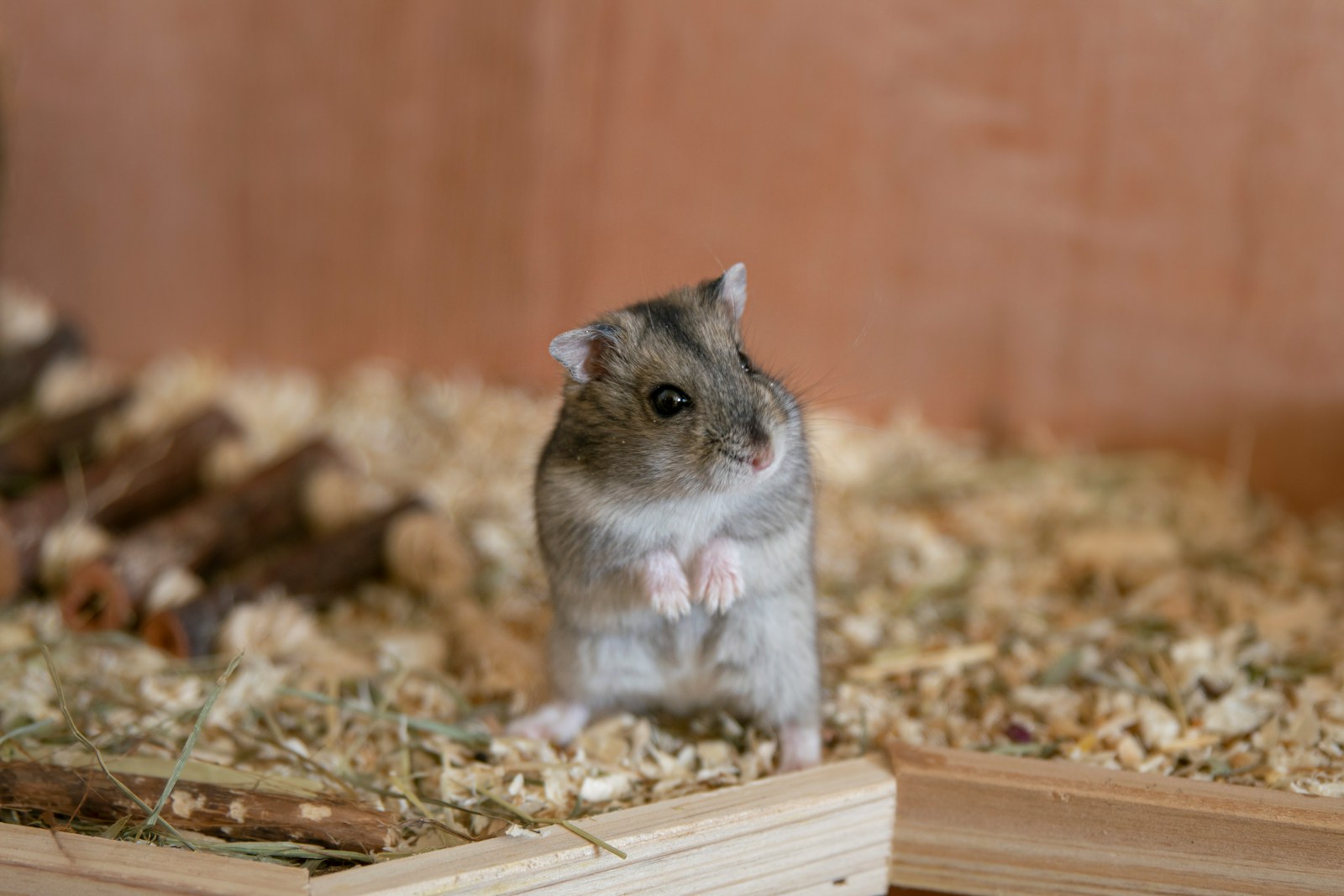
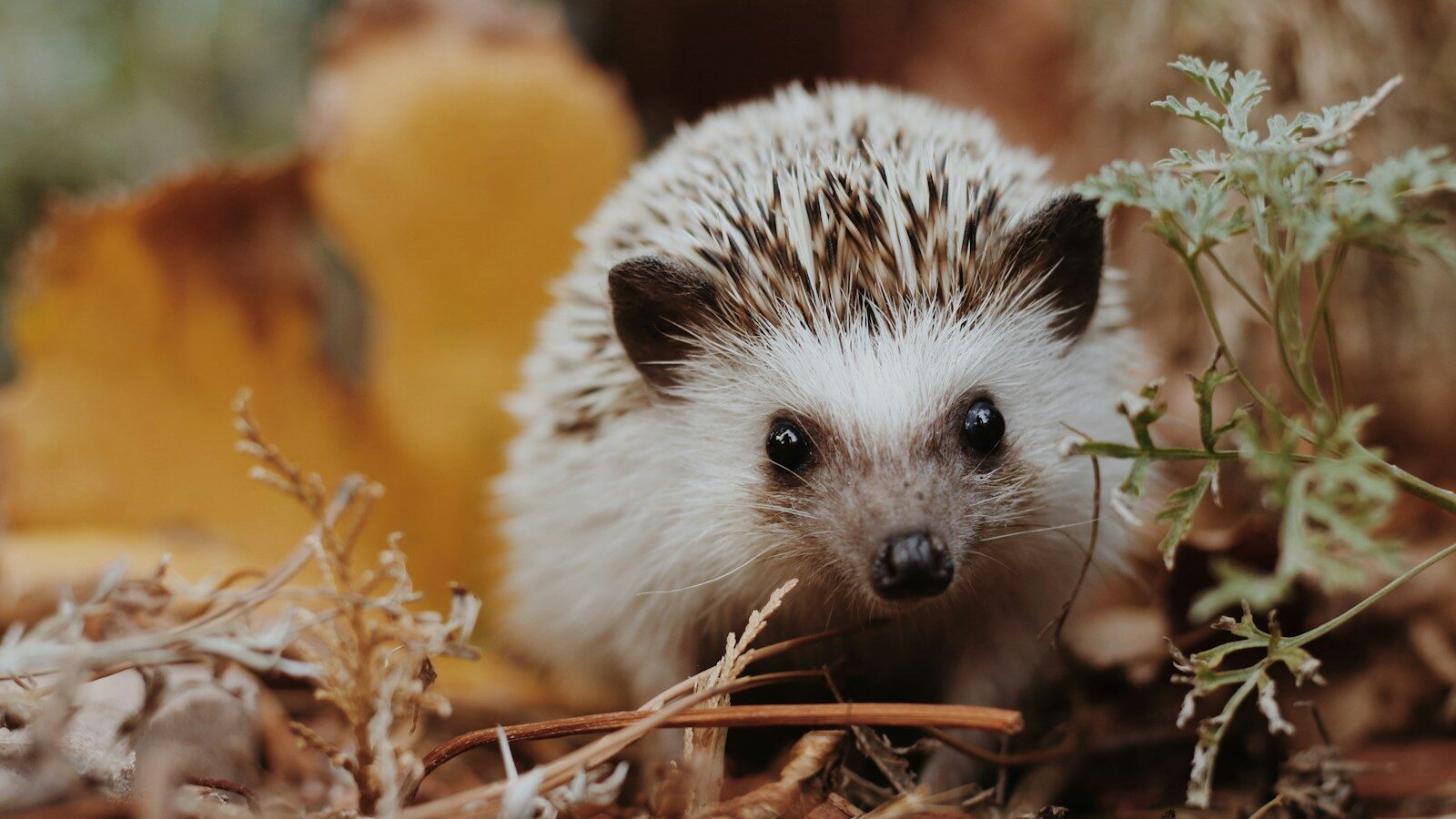




Leave a Reply